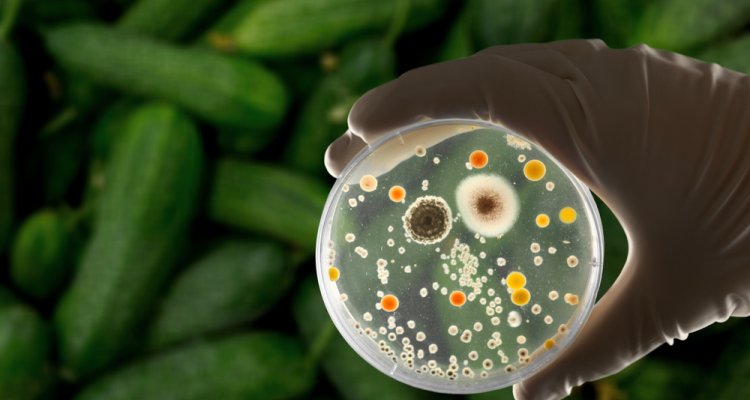
Project
2.1 Detection methodology for chemical and biological contaminants, anti-nutritional components and allergens
Food systems in transition may result in new or upcoming food safety hazards, including naturally occurring chemical and biological contaminants, anti-nutritional components, and allergens. The goal of this subtheme is to develop cost-effective sampling and monitoring techniques which are needed for adequate monitoring and surveillance of these hazards.
A transition to plant-protein-based diets and circular food systems is key to reduce the environmental impact of food. However, these transitions may also lead to new or upcoming food safety hazards, including allergens, anti-nutritional components, and naturally occurring chemical contaminants. Particularly plant-protein-based diets may lead to an increased group of allergic consumers. In addition, new plant-protein-based products are often highly processed, with enhanced risk of microbial contamination of the food product, as a result of recontamination of products from the processing environment. Furthermore, accumulation and recirculation of non-biodegradable naturally occurring chemical contaminants, like heavy metals, poses a serious concern for circular food systems.
Each of these new and upcoming hazards requires adequate monitoring to warrant healthy, safe and sustainable food products. The goal of this subtheme is to develop cost-effective sampling and detection methods to meet with the expected changes in hazards in food systems in transition. The focus lays on the development of LC-MS techniques for allergens, bioassays for antinutritional factors, DNA-based detection methods for biofilms in protein production, and on-site detection methods for heavy metals.